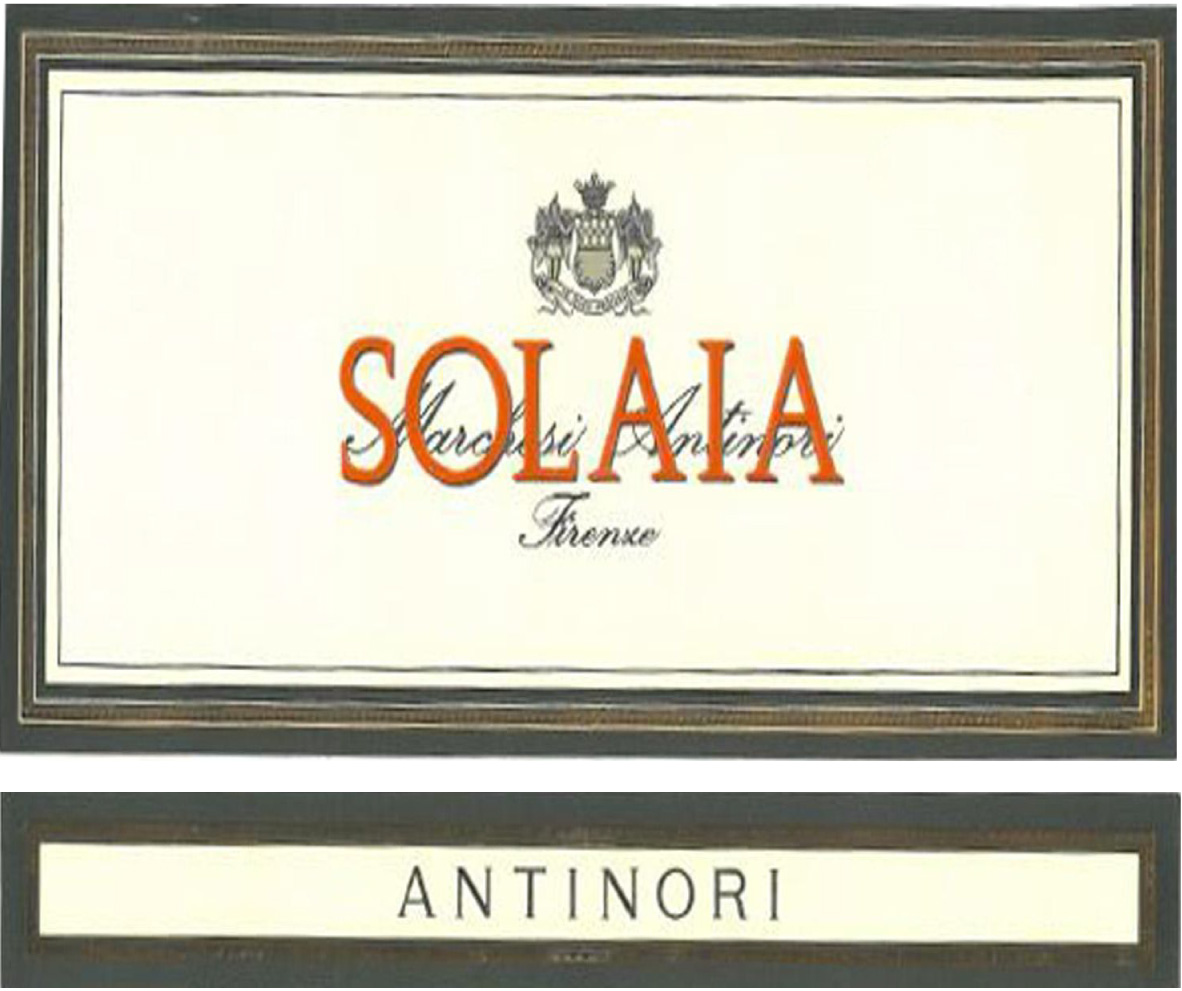Solaia - by Piero Antinori
2008
Producer
Grand Cru Classe Bordeaux
Blend
5% Cabernet Franc
75% Cabernet Sauvignon
20% Sangiovese
75% Cabernet Sauvignon
20% Sangiovese
Country
Italy
Region
Tuscany
UPC
8 00193 514450 2
0 15643 57698 0
Vinification
The favorable conditions during the harvest period permitted calibrated picking operations in the Solaia vineyard, evaluations based on a judgment of the state of ripeness of the grapes and the differences of exposure and vigor of the various vineyard parcels. In the light of these calculations, the grapes of each parcel were picked separately and by hand into small packing cases and fermented in conical sixty hectoliter oak fermenters. The grapes, once in the cellar, were destemmed and the grapes hand sorted with the objective of moving only the finest berries into the tanks. During the fermentation phase much care and attention was given to the extraction, using only the softest punching down of the cap of skins and rack and return (delestage) techniques in order to fully respect the varietal aromas and the elevated color content of the berries. The special conical forms of the fermenters aided the extraction of sweet and elegant tannins in all three different grape varieties, Sangiovese, Cabernet Sauvignon, and Cabernet Franc. Fermentation temperatures were kept to an average of 81 Fahrenheit (27 centigrade) and never allowed to rise above 88 Fahrenheit (31 centigrade) in order to maintain the maximum aromatic character and impact of the of the fruit, well present in the musts. The musts immediately showed a very important potential in terms of color, structure, and varietal character, and when the wine was run off its skins, after a period of skin contact which lasted from three to four weeks, it went into oak barrels, not new, with the intention of putting it through the malolactic fermentation before the end
of the year. During the aging of the wine, in new French oak barrels and for a period of eighteen months, the various lots of wine were kept separate. Regular tasting from the barrels allowed a constant evaluation of quality to maximize the aging phase of the winemaking process, one whose objective was to fully bring out the structure, elegance, and sweetness of the tannins. The wine was finally blended and bottled, then aged for a year in bottle before commercial release at 14 of alcohol.
Tasting notes
The wine shows an elevated color intensity, a sign which, from the very beginning, indicates its importance. The nose is ample and complex, full of fruity and varietal aromas and sensations which begin with black cherries and ripe red fruit and finish with liquorice, coffee, and toasted oak. On the palate the tannins are supple and balanced. The wine is savory and mineral, but soft as well; its aftertaste recalls sweet notes of cacao, vanilla, and black and red berry fruit which linger and last.
Climate
The season was characterized by an autumn and a winter which were not particularly cold and with little rain, conditions which favored a slightly early bud break compared to the preceding vintages. Spring, and the first vegetation, saw the appearance of adverse meteorological conditions, with frequent rainfall until the end of May which caused a slowing of plant growth, a slowing which, nonetheless, did not have harmful effects on vine health.
June and July, instead, were warm and dry, while in August there was scattered rainfall which helped the vines to sustain regular growth of both the vegetation and the grapes. The months of September and October were very favorable for harvest operations, thanks as well to
temperature swings from daytime heat to nighttime coolness, optimal conditions for grape
quality. Sangiovese was picked during the last ten days of September, while Cabernet continued to be harvested until the middle of October. From the very beginning of the harvest the musts showed very interesting colors and aromas, which indicated that the vintage was of very high level indeed.

